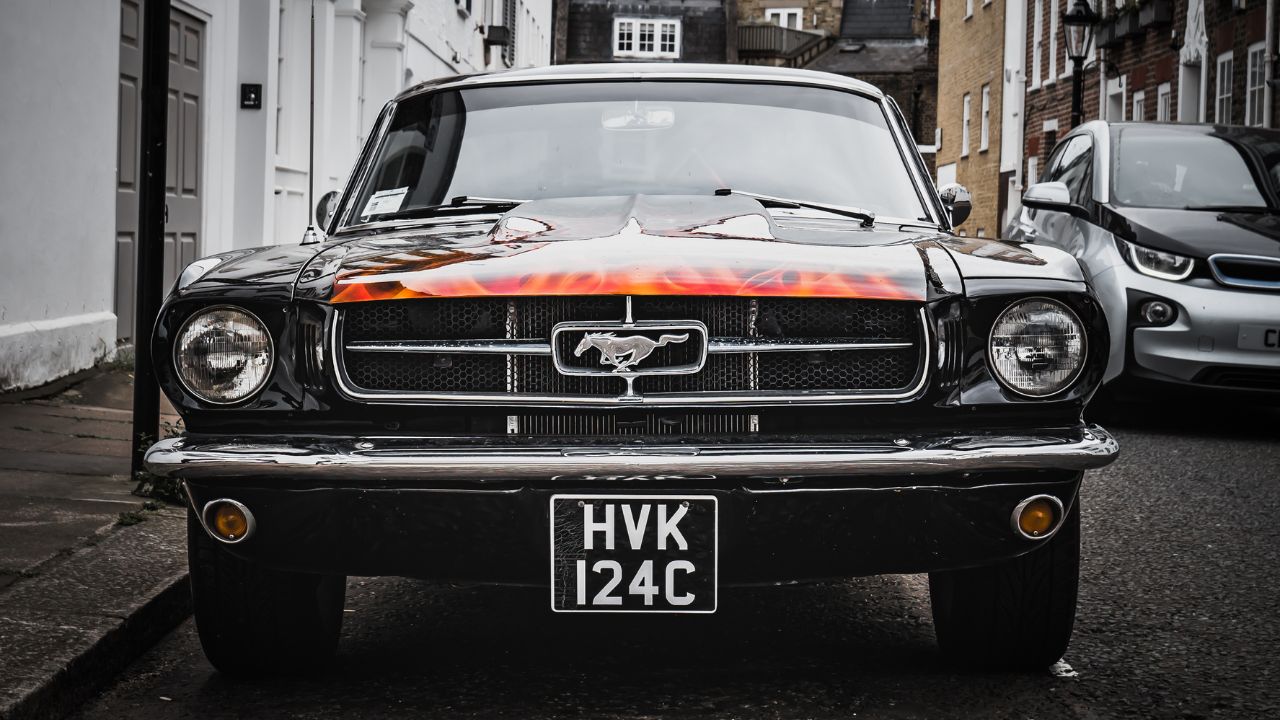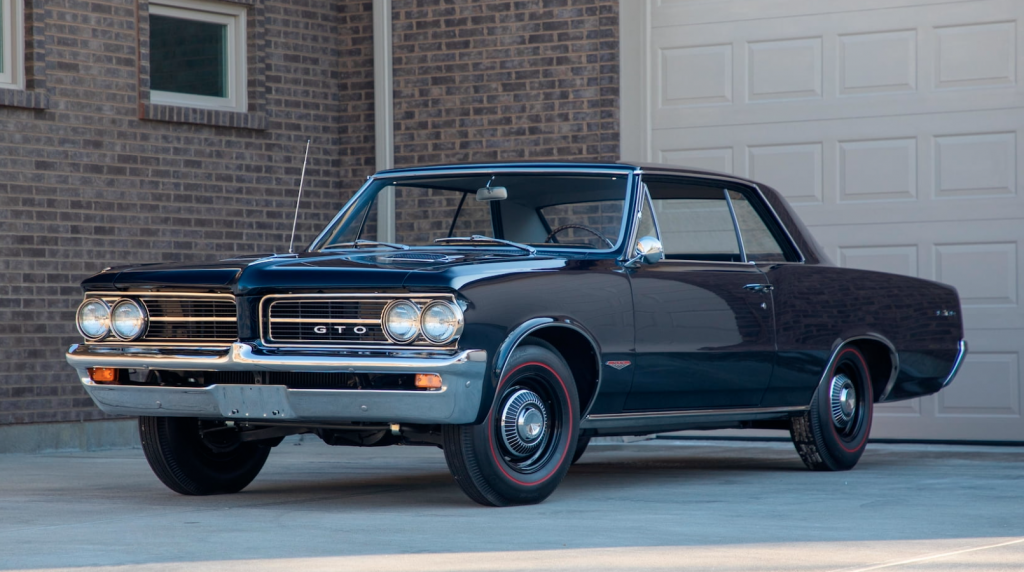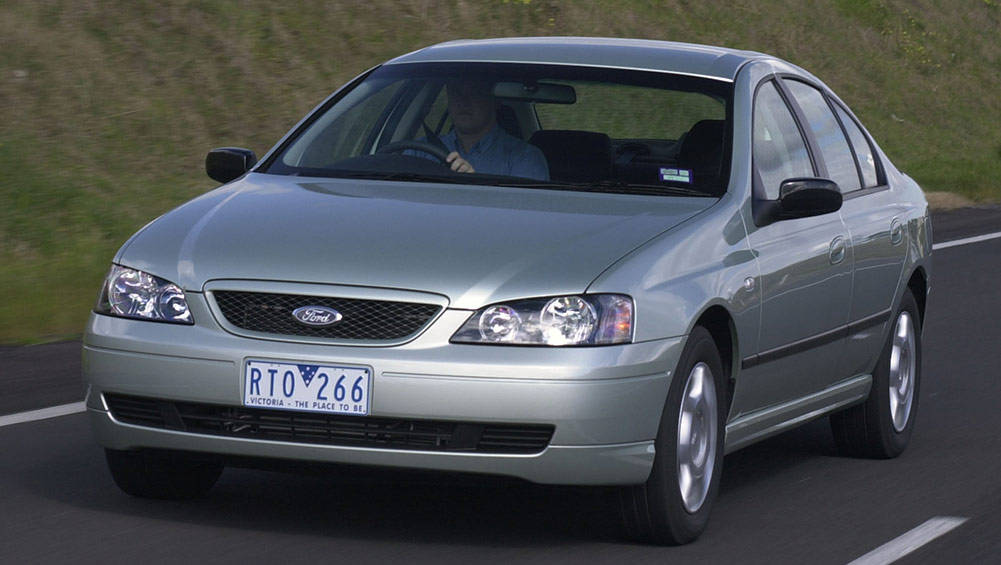
The huge displacement engines of the Detroit OEM's (previously known as The Big Three GM, Ford and Chrysler) were the catalyst for the rise in muscle car mania. In the mid-1960s, Japan and Germany invaded. Daimler-VWT, Toyota, and Volkswagen were some of the major car manufacturers. Japanese carmakers include Nissan, Mazda, Mitsubishi, and Mazda. This invasion was the birth of the first American muscle cars.
1970 Chevrolet Chevelle SS 454 LS6
The 1970 Chevrolet Chevelle's LS6 is one the finest examples of a muscle car. GM rated the LS6 at 450 horses, but real-world figures place the figure closer to 500. The LS6 engine has a huge torque curve that is unmatched by any other horsepower rating. It was admired by drivers throughout history. Large-inch motors have a huge torque curve that can destroy tires. The Chevelle LS6 was a monster at the track.
During the horsepower wars between the 1960s and 1970s, the LS6 was the engine that won the day. The Chevrolet Chevelle SS 454 LS6 engine was the secret weapon in the 1970 muscle car battle. The Ford 428 Cobra Jet's big engine, Chrysler's 440 wedge or Dodge 426 Hemi's big one was all powerful, but the LS6 option was limited to a single model-year, 1970. Buick also sold a 455 cubic-inch (7.46L), engine in 1970.

1970 Plymouth Duster
The performance-oriented, compact 1970 Plymouth Duster was a muscle car that put bigger cars to shame. This compact car had a 340 cubic-inch V8 and a sporty hood that pushed the limits of performance. Its front end sheetmet and hood scoop were very similar to the Valiant. However, it was distinguished with its cowlback design. Duster models were priced at $2,172 in 1970. The car was also available as a sedan or two-door coupe.
The Plymouth Valiant duster was the most iconic model in the line. It was introduced for 1970's model year and was sold for seven more years. The 340 cubic-inch V-8, which produced 275 horsepower, was the most powerful. Budget-friendly engines included two slant sixes and a 318-cubic-inch V-8. The Plymouth sporty model was the most successful in 1970. Despite its affordability, many buyers loved this duster's performance.
1970 Coronet Super Bee
The 1970 Coronet Super Bee is one the most famous cars ever made. It has unstoppable power and stunning looks. This Dodge muscle car not only has stunning looks but it also has an amazing restoration that is impeccable and detailed. If you've been dreaming of owning one of these iconic cars, you can make your dream come true by working with Future Classics. Our team of experts can assist you in the restoration process.
This muscle car was a member the Scat Pack. That was a Dodge performance streetcar that competed against Plymouth. Its nose design was completely restyled, and its base price was reduced to $3074. For maximum impact, the car's paint colors were selected, including Panther Pink. It was a rare sight to see cars painted this color. Despite this unique style, sales were down in 1970.

1970 Pontiac Trans Am SD-455
The storied 1970 Pontiac Trans Am is the sexiest of the classic muscle cars. This supercharged four cylinder engine produced 290 horsepower (270 PS) and was the first car with such a high compression ratio. Pontiac engineers spent the summer developing the engine, which became the basis of their SD-455 muscle car. Despite its high compression ratio, it produced only 290 SAE horsepower.
A 16-year-old car enthusiast sought out a 36Kiilled survivor in spring 1977. The Trans Am was the first American car to have a hood sticker. It was also driven by many A-list celebrities. Burt Reynolds was the most well-known owner of a Trans Am, and he drove it on numerous movie sets. It's clear why this car is called "Screaming Chicken".
FAQ
What is the average time it takes to become a mechanic?
You need to have years of experience and practice before you can become a master mechanic. The best way to learn how to repair cars is by working under the supervision of a professional mechanic.
You will be required to spend time at a car garage learning as much as you can about cars. Mechanical engineering books will be required to learn about mechanics and design.
Auto school is also required.
The most important thing to do is start early. Don't wait until you're older to begin studying automotive technology. Do you want to be a mechanic? Get started today!
What length is an automotive mechanic apprenticeship?
An automotive mechanic apprenticeship takes around three years to complete. The apprenticeship includes two years studying at school and two more as an apprentice. The first year of training is spent in the trade. This includes theory and practical skills as well as safety procedures. You will also learn to use tools efficiently and safely during this period. You'll spend the second year in on-the-job training, where you will gain experience in various trades. You'll have the opportunity to attend formal courses during these periods too.
The final year of this program is spent in obtaining qualifications and becoming certified in your field. These include NVQs or National Vocational Qualifications. These are earned after passing exams that cover specific topics in the industry. You can also get HNCs (Higher National Certificates), that cover subjects such as customer service, business administration, management, and business administration. Finally, there are City & Guilds certificates that are offered for those who wish to become qualified in certain trades.
What qualifications are necessary to become a truck driver mechanic?
You don't have formal qualifications for this role, but you are very experienced working on trucks and engines. You are a valuable asset as you can quickly diagnose and solve problems efficiently.
You also have an excellent knowledge of diesel technology which will help you to understand what parts are needed to repair our vehicles.
What are the qualifications for an automotive technician
You need to have high school diploma or GED and good grades in English as well as maths. Additionally, you will need to be proficient in reading and writing. After passing a written test, you will need to complete a series of practical tests before you are allowed to begin working.
What qualifications do you need to be a mechanic?
To become a technician, you will need to pass a series exams. These exams include:
-
A general knowledge test
-
A practical examination
-
An apprenticeship test
These tests are intended to make sure you have a solid understanding of the basics of mechanics before you can start your career as a mechanic.
Once you've passed these tests, you'll be eligible to work as a mechanic. An apprenticeship is still required. This will involve trade training.
To be able to repair vehicles, you'll need classes or workshops. You'll also have to work alongside experienced mechanics.
You'll need a high level of concentration and attention to detail if you want to succeed as a mechanic. Vehicle repairs require you to be very attentive.
To become a successful mechanic you'll need patience. This may not be the career path that you want if you aren't able to follow directions.
But if you love cars and enjoy fixing them, you could be very happy in this line of work.
Statistics
- According to the BLS, the median annual salary for automotive service technicians and mechanics in the United States was $44,050 in May 2020. (uti.edu)
- Apprentice mechanics earn significantly less hourly than mechanics who have completed training, with a median wage of approximately $14.50 an hour, according to PayScale. (jobhero.com)
- The U.S. Bureau of Labor Statistics (BLS) reports that the job outlook for automotive service technicians and mechanics is expected to decline by 4% from 2019 to 2029. (indeed.com)
External Links
How To
How to become an automotive technician
An automotive technician performs repairs and maintains vehicles. He/she works at car dealerships, auto shops, garages, service centers, etc. He/she works with customers to repair their cars and trucks, ATVs or snowmobiles. A technician in automotive must be able diagnose and repair problems quickly, safely, accurately, efficiently, and effectively.
To become an automotive technician, a person must first earn an associate's degree from a vocational college. After completing the program, he/she must pass ASE certification. ASE stands for American Society of Mechanical Engineers. Two sections make up the ASE certification examination. One section tests knowledge of mechanical components, while the other section tests skills in practical areas. To pass the test, you will need to visit an authorized testing location. These locations are available online or through your local automotive dealer.
Before becoming an automotive technician, a candidate must pass the test. The process will vary depending on where an applicant lives. For example, some states require candidates to attend a training course, while others allow them to study independently. Some states permit technicians to work immediately after they are granted their license. Others require them to wait at least six consecutive months before they can be licensed.
A person must apply to an auto dealership in order to get started as an automobile technician. New employees are usually apprentices when they first get hired. Apprenticeship programs typically last three to four years. This is when a student can learn how to do basic repairs such as changing oil, adjusting brakes and replacing tires. Some students learn how to do advanced repairs, such as installing air filters, replacing shocks, repairing engines, and replacing transmission fluids. Schools offer classes during business hours. However, there are some schools that offer evening classes for those who need them.
When a student has completed his/her apprenticeship, they become a journeyman. Journeymen typically spend four to five years learning how to install major systems, such as transmissions, differentials, steering gear, suspensions, and drive shafts. They are also taught how to troubleshoot electrical components and remanufacture engines. Employers prefer to hire journeymen as they are familiar with the job and can anticipate customer needs.
Candidates who pass the required exams are eligible for a license. According to the Bureau of Labor Statistics, nearly 1.7 million automotive mechanic jobs were available in 2010. The Bureau of Labor Statistics predicted that this number would rise by 18% from 2009 to 2020. If a candidate decides to open his/her own shop, he/she should prepare to invest many thousands of dollars in equipment and supplies.
Automotive technicians' salaries depend on many factors such as the employer, whereabouts, education level and experience. On average, a jobless person could expect to earn $20,000 annually. A person with only a high-school diploma could make around $21,000 annually. Those with an associate's degree earned approximately $24,000 per year. Technicians with bachelor's degrees earned about $27,000 per year. Masters' degree holders earn around $32,000 per annum. Salary increases can be common. A professional who earns less that $30,000 today could reasonably expect a $40,000 increase in the next few decades.